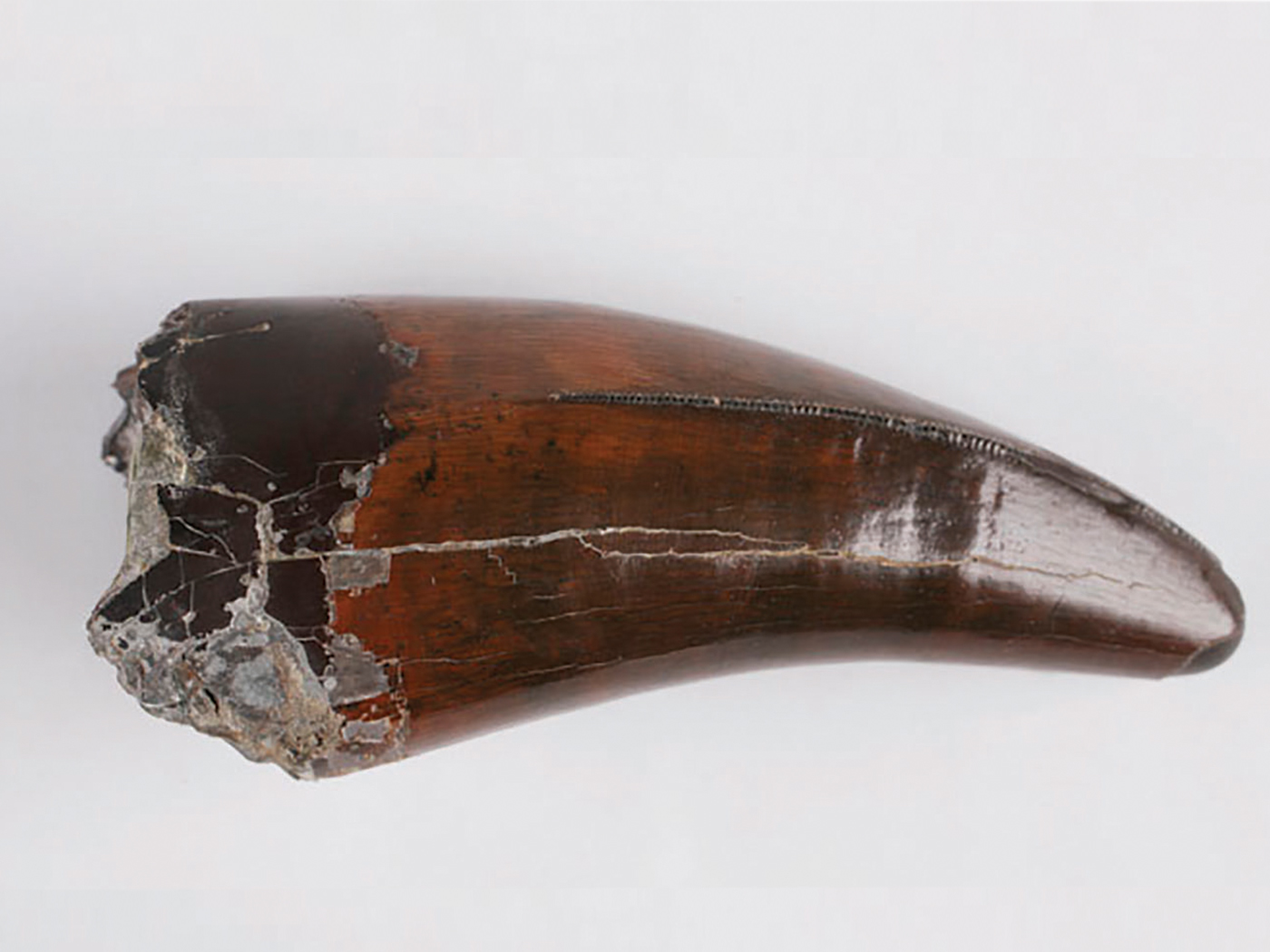Readers of this column know that over the last four to five years the Institute for Creation Research has been heavily involved in life sciences research. In this article series, we will bring you up to date on the purpose, progress, and promise of this endeavor. This installment describes the purpose and strategy, which is best seen in light of the historical context of the creation/evolution debate—starting with Darwin.
In the West, before Darwin’s rise, the view that God was Creator reigned over the sciences. Unfortunately, the precise scientific implications of this fact were not well understood. For example, in biology, the biblically unjustified and erroneous concept of species fixity prevailed.1 Not surprisingly, Darwin found this to be an easy scientific target.
To scientifically dismantle species fixity, Darwin corralled observations from many fields. For example, in the discipline of biogeography (the study of the geographic distributions of native plants and animals), Darwin noted that both the Old World (Asia, Europe, Africa, and Australia) and the New World (North and South America) shared a number of climates, yet their indigenous fauna were distinct. To Darwin, these facts argued against the special creation of each species in its current geographic location and for 1) the descent of these species from a common ancestor and 2) their subsequent migration from an ancestral location to their current homes. Together with arguments from areas like geology, paleontology, and anatomy, Darwin made a persuasive-sounding case for his universal common ancestry hypothesis.
Since Darwin’s time, evolutionists have mustered arguments from disciplines beyond anything that Darwin could have imagined. Radiometric dating, plate tectonics, and DNA comparisons have been added to the arsenal of evolutionary arguments. Today, evolutionists boast of their ability, not only to explain the past, but to make testable predictions about the present.
The fact that evolution gathers together so many lines of scientific arguments has made toppling evolution all the more difficult. Though young-earth creationists have moved beyond species fixity to a more biblically faithful model of species’ origins from created kinds,1 the many facets of the scientific case for evolution have blocked creation from reclaiming the scientific throne. When creationists have exposed the scientific shortcomings of the evolutionary case in a specific, powerful, and sometimes lethal way, evolutionists have typically responded by pointing out other evolutionary arguments that creationist rebuttals have yet to address. Conversely, in many instances, the evolutionists have used their multi-faceted case to attack creation rather than vice-versa. Hence, the biblical view of origins is still in need of a full-fledged counteroffensive strategy.
ICR’s BioOrigins program is designed to launch this counterattack and to restore creation to its rightful place as king in the sciences. To take back the throne from Darwinism, creationists must not only weaken the evolutionary arguments from science, they must replace them. To displace Darwin, creationists must discover a comprehensive answer to each of the scientific questions that evolutionists claim to have solved. Furthermore, the creationists’ answers must be superior to Darwin’s—the creationist view should make both accurate retrodictions and predictions about the natural world.
What scientific questions must be answered? We’ll explain more of the scope of this ambitious goal in the next installment of this series.
Click here to read “Purpose, Progress, and Promise, Part 2.”
Reference
- Jeanson, N. 2013. Is Evolution an Observable Fact? Acts & Facts. 42 (1): 20.
* Dr. Jeanson is Deputy Director for Life Sciences Research and received his Ph.D. in Cell and Developmental Biology from Harvard University.






















